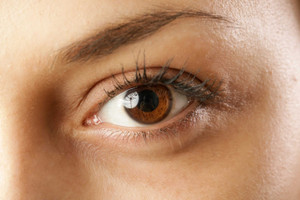Corneal Dystrophies: Symptoms And Causes
Corneal dystrophy are rare genetic eye disorder. When there is a built up of abnormal material in the cornea and affects both the eyes.
Our cornea is made up of five layers. Epithelium is the outermost layer of the cornea and it acts as a protective layer. Bowman's membrane is the second protective layer of the cornea. Stroma is the thickest layer in the cornea and is made up of collagen fibers, water and other connective tissues. This is responsible for making the cornea clear and flexible. Descemet's membrane is the strong and thick inner layer of cornea. The inner most layer of the cornea is endothelium and is made up of cells responsible for pumping out water outside the cornea.
When there is a buildup of foreign material in any of the five layers of cornea, it causes the cornea to lose transparency and loss of vision finally.
There are nearly 20 type of corneal dystrophies and are grouped into three categories. Anterior or superficial corneal dystrophy is the first type and it affects the outermost layer of the cornea which is the epithelium and bowman's membrane. Stromal corneal dystrophy is the second type and it affects the stroma. Posterior corneal dystrophy is the third type and affects the innermost part of cornea namely descemet membrane and endothelium. Fuch's dystrophy is the most common type.
Corneal Dystrophies Symptoms:
The symptoms differ depending upon the type. The most common symptom is the cornea getting opaque or unclear. Some people experience corneal erosion when epithelium gets loosened from bowman's membrane. Some other symptoms are mild pain in eyes and sensitivity to light.



 Jun 25th 2020
Jun 25th 2020